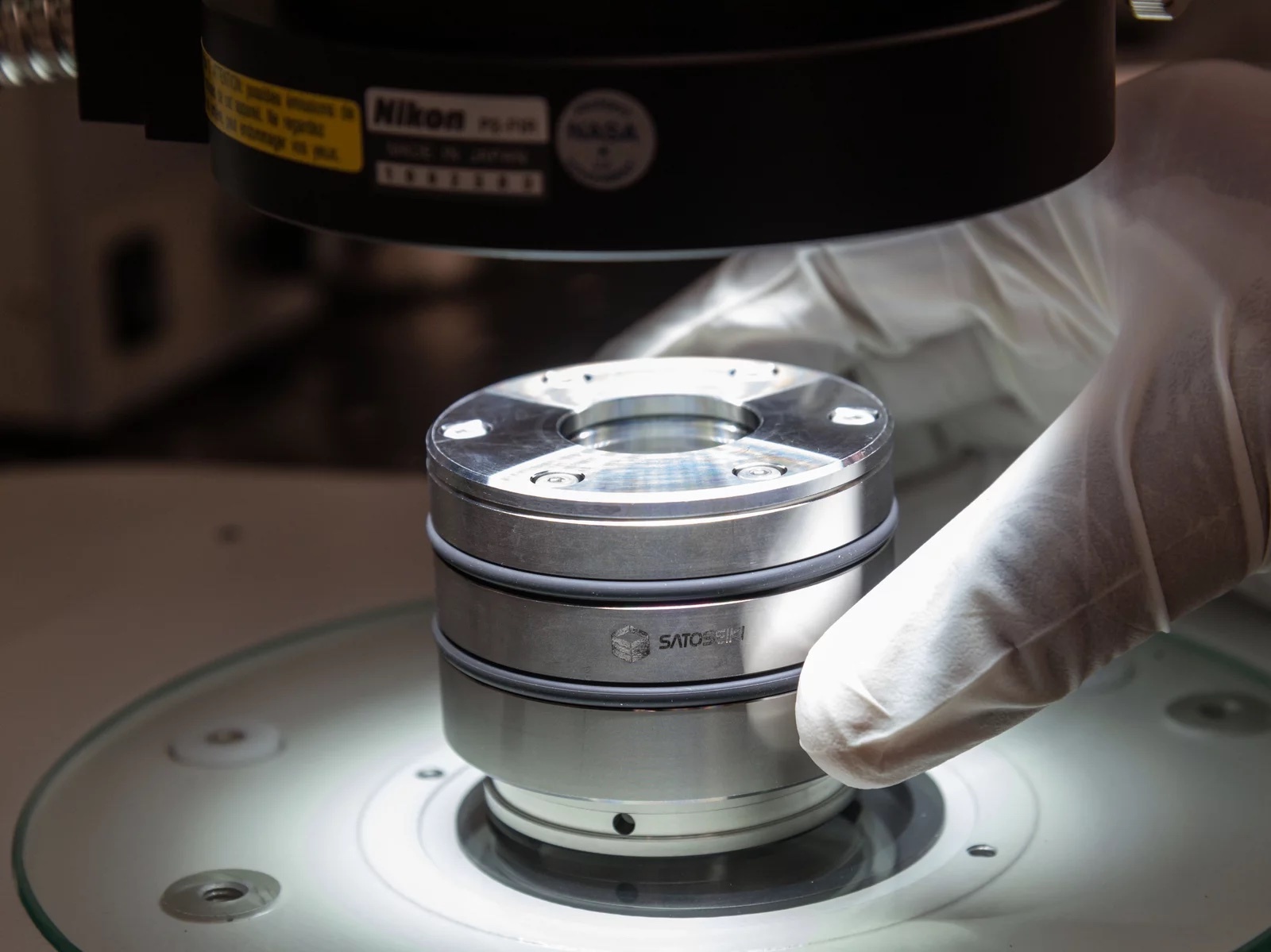16.07.2023
Scientists have made a surprising discovery in a sample returned from an asteroid: Embedded in its rocks are grains of stardust.
The dust, which came from distant stars and drifted through space for millions or billions of years, could provide clues about how the solar system formed, according to Ann Nguyen, a cosmochemist at NASA's Johnson Space Center in Houston, Texas.
"It was definitely not something I expected to find," she says. "I cannot tell you the excitement I felt."
Stellar Forges
Stars forged nearly all of the elements of the Universe. Many of the atoms that make up our bodies were themselves made inside of the core of a star somewhere else. That's because the high pressures and temperatures can fuse lightweight atomic nuclei into heavier elements.
"The core is extremely hot, and then you go out in the atmosphere, it's cool enough so that gas can form and aggregate into tiny grains," Nguyen says.
Think of these little grains as cosmic dust motes. Sometimes the star that formed these grains would explode, blowing them across the galaxy like dandelion seeds. Other times they would drift away on their own — traveling on the stellar wind into deep space.
"Probably a lot of them do get destroyed," Nguyen says, "but some of them survive and they make it to our region of the universe where our solar system formed."
The stardust swirled and clumped and eventually became part of the sun, and the planets, and even us. That idea led the astronomer Carl Sagan to famously remark that "We're made of star-stuff."
Cosmic Dust Motes
The problem is, the original dust grains were fragile — and so when they became part of this new solar system, they were broken up, and blended. Their origins were lost, and learning more about where they came from "is one of the big questions in cosmochemistry," Nguyen says.
Fast-forward a couple billion years: In 2019, a Japanese spacecraft visited a little asteroid called Ryugu. It scooped up a tiny sample, and an even tinier portion of that sample found its way to Nguyen's lab. She fired up her best dust analyzers, ready to nerd out on some asteroid grit.
"I kind of thought the results I would get would be run-of-the-mill," she recalls.

Nasa scientists received a tiny sample from the asteroid Ryugu in 2021. Their new analysis suggests it contains stardust.
ROBERT MARKOWITZ/ NASA-JSC
But as her team writes in the journal Science Advances, the samples contained organic molecules from deep space, pieces of ancient rock from the very edge of the solar system, and many tiny grains of perfectly preserved stardust.
Nguyen says the grains look different than the material from our own solar system, because different stars leave different nuclear signatures in the atoms.
"It kind of lights up like a Christmas tree light," she says. "Their isotopic signatures are just so different than the material that formed in our solar system or got homogenized in the solar system."
Nguyen says that the stardust grains provide some clues about the types of stars that contributed to our solar system. It also shows that exploding stars, or supernovae, probably contributed more of the dust than researchers had previously believed.
But above all, she says, these tiny grains are a reminder of the way in which we fit into the vast cosmos.
"It just shows us how rich our Universe is," she says. "These materials all played a part in our life here on Earth."
Quelle: npr

